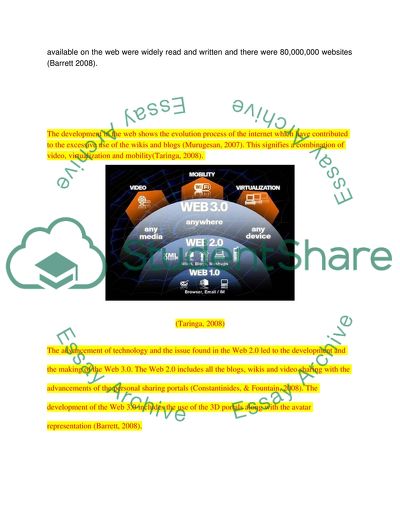Cite this document
(Use of the Web Report Example | Topics and Well Written Essays - 1750 words, n.d.)
Use of the Web Report Example | Topics and Well Written Essays - 1750 words. https://studentshare.org/technology/1805684-web-20-digital-content-and-related-issues
Use of the Web Report Example | Topics and Well Written Essays - 1750 words. https://studentshare.org/technology/1805684-web-20-digital-content-and-related-issues
(Use of the Web Report Example | Topics and Well Written Essays - 1750 Words)
Use of the Web Report Example | Topics and Well Written Essays - 1750 Words. https://studentshare.org/technology/1805684-web-20-digital-content-and-related-issues.
Use of the Web Report Example | Topics and Well Written Essays - 1750 Words. https://studentshare.org/technology/1805684-web-20-digital-content-and-related-issues.
“Use of the Web Report Example | Topics and Well Written Essays - 1750 Words”. https://studentshare.org/technology/1805684-web-20-digital-content-and-related-issues.


